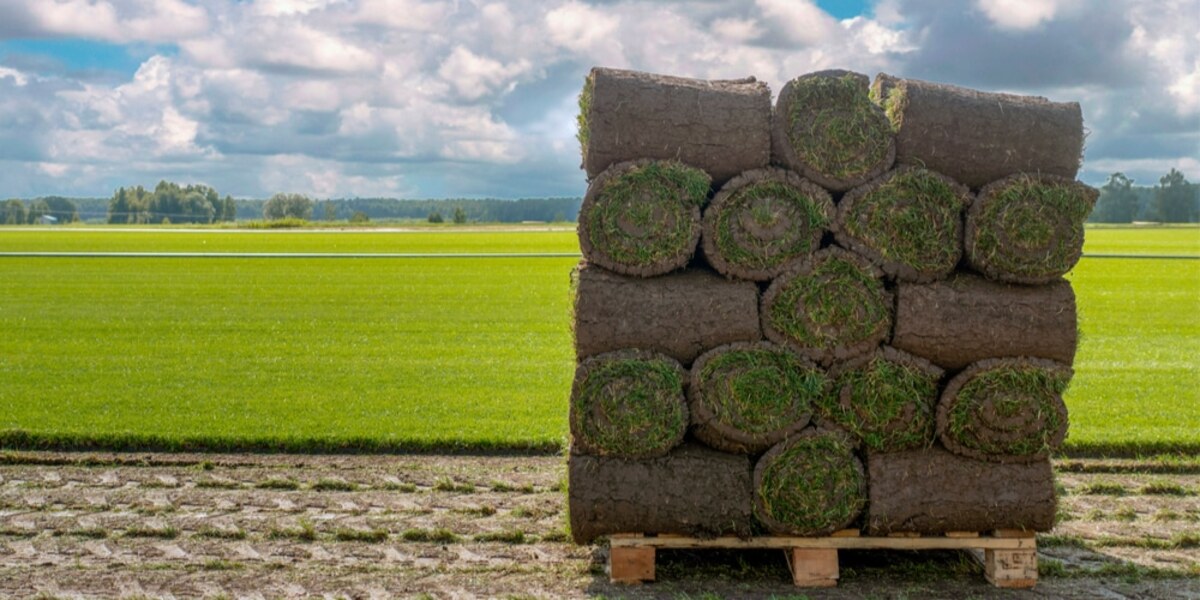

Articles
How To Store Sod
Modified: January 24, 2024
Learn how to store sod properly with these helpful articles. Find out the best methods for preserving the freshness and quality of your sod.
(Many of the links in this article redirect to a specific reviewed product. Your purchase of these products through affiliate links helps to generate commission for Storables.com, at no extra cost. Learn more)
Introduction
Storing sod properly is crucial to maintaining its freshness and ensuring successful transplantation. Whether you have leftover sod from a recent landscaping project or need to store sod temporarily before installation, following the right steps will help preserve its quality and keep it in optimal condition. In this article, we will guide you through the process of storing sod effectively.
When it comes to storing sod, there are a few key factors to consider. These include preparing the sod for storage, choosing the appropriate location, clearing the storage area, cleaning the sod, and storing it in the right way. Additionally, proper watering and continuous monitoring of the sod’s condition are essential to prevent drying out and deterioration. By following these steps and implementing some helpful tips, you can extend the lifespan of your sod and ensure its successful installation.
So, let’s dive into the details of each step and learn how to store sod properly.
Key Takeaways:
- Properly preparing, choosing the right storage location, and regular monitoring are crucial for maintaining sod’s health and vitality during storage.
- Limiting storage duration, managing moisture, and using a breathable cover are essential for long-term sod storage and preserving its quality.
Read more: How To Cut Sod Grass
Preparing the Sod
Before you can store sod, it is essential to properly prepare it. This step involves ensuring that the sod is in its best condition before being stored. Here are some key considerations for preparing the sod:
- Trimming: Start by trimming any damaged or excess portions of the sod. Use a sharp knife or shears to cut off any brown or wilted areas. This will help promote healthy growth when the sod is eventually installed.
- Removing debris: Check the sod for any debris, such as rocks, twigs, or leaves. Removing these unwanted materials will prevent them from causing damage or hindering the sod’s ability to absorb water and nutrients.
- Inspect for pests: Examine the sod for any signs of pests or diseases. Look for discoloration, spots, or holes on the sod’s surface. If you notice any suspicious signs, it is best to treat the sod or consult a professional before storing it.
- Avoid over-watering: It is important not to excessively water the sod before storage. While sod requires sufficient moisture to remain healthy, excessive watering can lead to mold or fungus growth. Ensure the sod is adequately hydrated, but not soaked, before storing.
- Allow to settle: If the sod has recently been rolled or harvested, allow it to settle for a few hours before storing. This will help the sod establish proper root contact with the soil, making it more resilient during storage and transplantation.
By properly preparing the sod, you can eliminate potential problems and ensure that it remains healthy and ready for storage.
Choosing the Storage Location
Choosing the right storage location for your sod is crucial to maintaining its freshness and quality. Here are some factors to consider when selecting a suitable storage area:
- Temperature: The storage location should be cool, but not freezing, to prevent the sod from drying out or freezing. Ideally, the temperature should range between 35 and 50 degrees Fahrenheit (1 to 10 degrees Celsius).
- Shade: Direct sunlight can quickly dry out the sod and cause it to lose its vitality. Therefore, choose a storage location that provides shade or limited exposure to sunlight.
- Air circulation: Good air circulation is essential to prevent the buildup of excess moisture and the growth of molds or fungi. Avoid storing the sod in enclosed or poorly ventilated spaces.
- Protection from wind and rain: The storage area should be protected from excessive wind and rain. Strong winds can dry out the sod, while heavy rainfall can oversaturate it, leading to deterioration.
- Accessibility: Depending on the quantity of sod you need to store, consider the accessibility of the storage location. Can you easily move the sod in and out when needed? This is especially important if you need to retrieve the sod for a prolonged period.
- Security: Ensure that the storage location is secure and free from potential hazards. This includes keeping it away from children, pets, and any potential sources of damage, such as construction projects or heavy machinery.
It’s vital to choose the right storage location to create an optimal environment for your sod during its storage period. Taking these factors into consideration will help ensure that the sod remains in excellent condition until it is ready to be installed.
Clearing the Storage Area
Before storing your sod, it is essential to clear the storage area to create a clean and suitable environment. Here are some important steps to follow when clearing the storage area:
- Remove any debris: Clear away any rocks, sticks, or other debris from the storage area. These objects can damage the sod or create uneven surfaces that may lead to mold or decay.
- Level the ground: Ensure that the storage area has a level ground surface. Uneven ground can cause the sod to shift or create areas prone to water pooling, which can harm the sod’s health.
- Address drainage issues: If the storage area has poor drainage, take steps to improve it. Excess water accumulation can lead to root rot or other moisture-related problems. Consider adding drainage channels or using gravel to enhance drainage capabilities.
- Mow the existing grass: If you are storing the sod on an existing lawn, mow the grass to a short height before placing the new sod on top. This will reduce competition for sunlight and nutrients, ensuring better growth for both the stored sod and the existing lawn.
- Remove weeds: Before storing the sod, remove any weeds or invasive plants from the storage area. Weeds can compete with the stored sod for resources and impede its growth. Ensure that the storage area is clear of unwanted vegetation.
- Create boundaries: Define the boundaries of the storage area using string or stakes. This will help prevent accidental damage or encroachment on the stored sod.
Clearing the storage area ensures that the sod is stored in a clean and well-prepared environment. Taking the time to properly clear the area will contribute to the long-term health and quality of your stored sod.
Cleaning the Sod
Before storing the sod, it is essential to clean it properly to remove any dirt, debris, or unwanted materials. Here are some steps to follow when cleaning the sod:
- Rinse with water: Use a hose or sprinkler to gently spray water over the sod. This will help remove loose dirt, dust, and small debris that may have accumulated on the surface.
- Inspect for foreign objects: While rinsing the sod, carefully examine the surface for any foreign objects that may have become embedded. Remove any sticks, stones, or other unwanted items to prevent damage or interference with the sod’s growth.
- Remove weeds: Check the sod for any weeds or unwanted vegetation. Pull out any visible weeds by hand or use a weeding tool to ensure they do not take root or spread in the storage area.
- Inspect for pests or diseases: Thoroughly inspect the sod for any signs of pests or diseases. Look for areas of discoloration, spots, or irregular growth. If you notice any signs of trouble, consult a professional or treat the sod before storing it to prevent the spread of pests or diseases.
- Aerate the sod: If the sod is compact or tightly rolled, consider using a fork or aerator to gently penetrate the surface. This will help improve air circulation and prevent the development of mold or fungus during storage.
- Allow the sod to dry: After cleaning, allow the sod to dry partially before storing it. Excess moisture can encourage the growth of mold or fungus. However, make sure not to let the sod dry out completely, as this can cause it to become brittle and less resilient during storage.
Cleaning the sod ensures that it is free from dirt, debris, and potential contaminants before storage. By taking the time to clean the sod properly, you can help maintain its quality and increase the chances of successful transplantation later on.
Store sod in a cool, shaded area and keep it moist until ready to use. Avoid stacking sod too high to prevent overheating. Use within 24-48 hours for best results.
Read more: When To Install Sod Grass
Storing the Sod
Properly storing the sod is crucial to preserving its freshness and ensuring its viability for future use. Follow these steps to store the sod effectively:
- Keep the sod moist: Before storing the sod, ensure it remains moist. If the sod becomes dry, it can quickly deteriorate and become unusable. Mist the sod lightly with water to maintain its moisture level.
- Stack the sod: Stack the sod pieces neatly in a stable pile. Place one layer of sod directly on top of another, making sure not to stack the sod too high. It is best to limit the height of the stack to two or three layers to prevent compression or damage to the lower sod pieces.
- Offset the seams: When stacking multiple sod pieces, offset the seams between layers. This helps to create a more secure and stable stack and reduces the risk of the sod separating or drying out between the seams.
- Cover the stack: After stacking the sod, cover the pile with a breathable tarp or burlap. This helps to protect the sod from excess sunlight and wind, while still allowing necessary air circulation. Avoid using plastic or non-breathable materials, as they can trap moisture and cause the sod to deteriorate.
- Water during storage: Regularly moisten the sod while it is in storage. This helps to maintain the sod’s moisture content and prevent it from drying out. Use a light sprinkle of water, avoiding excessive moisture that could promote mold or fungus growth.
- Monitor the temperature: Check the temperature of the storage area regularly. Make sure it remains within the optimal temperature range of 35 to 50 degrees Fahrenheit (1 to 10 degrees Celsius). Extreme temperatures can cause the sod to deteriorate or lose vitality.
- Avoid prolonged storage: While sod can be stored for a certain period, it is ideal to use it as soon as possible for optimal results. Prolonged storage can lead to diminished quality and viability.
By following these steps, you can effectively store the sod and maintain its health and vitality until it is ready for installation.
Watering the Sod
Proper watering is essential to keep the stored sod healthy and prevent it from drying out or losing its viability. Here are some guidelines for watering the sod during storage:
- Maintain moisture: The key is to keep the sod moist, but not overly saturated. Check the moisture level of the sod regularly and adjust your watering accordingly. The goal is to prevent the sod from drying out, while also avoiding excessive moisture that can lead to mold or fungus growth.
- Use a light sprinkle: When watering the sod, use a light sprinkle or misting technique. Avoid heavy watering that can cause runoff or create puddles. This ensures that the sod receives sufficient moisture without becoming waterlogged.
- Water as needed: The frequency of watering will depend on factors such as temperature, humidity, and the sod’s overall moisture level. Check the sod regularly and water as needed to maintain the desired level of moisture.
- Time of day: It is best to water the sod in the early morning or late afternoon. This allows the sod to absorb the water before the heat of the day evaporates it. Avoid watering during the hottest hours to minimize water loss through evaporation.
- Monitor the moisture level: Regularly check the sod’s moisture level by gently lifting a corner or section of the sod. It should feel moist but not soaking wet. Adjust your watering schedule according to the moisture level to maintain the ideal balance.
- Consider weather conditions: Take into account the weather conditions in your area. If there is excessive rain, you may need to water the sod less frequently. On the other hand, during hot and dry periods, you may need to water the sod more often to prevent it from drying out.
- Observe the sod’s condition: Pay attention to any signs of dehydration or excessive moisture. If the sod starts to show signs of wilting or browning, it may need more water. However, if you notice a foul odor or the presence of mold or fungus, reduce watering and address the issue promptly.
Proper watering is essential to maintain the health and vitality of the stored sod. By following these guidelines and monitoring the moisture levels, you can ensure that the sod remains in optimal condition for future installation.
Monitoring the Sod’s Condition
Regularly monitoring the condition of the stored sod is essential to ensure its health and viability. By keeping an eye on the sod’s condition, you can detect and address any issues promptly. Here are some key aspects to monitor:
- Color: Check the color of the sod regularly. Healthy sod should maintain its vibrant green color. If you notice any areas turning yellow or brown, it could indicate a lack of moisture, overwatering, or other issues that need attention.
- Texture: Pay attention to the texture of the sod. It should feel firm and resilient when gently pressed. If you notice any soft or mushy areas, it may be a sign of excessive moisture or rotting.
- Root development: Periodically check the development of the sod’s roots if visible. Look for signs of root growth, such as fresh white roots protruding from the bottom of the sod. Strong, well-developed roots indicate a healthy and viable sod.
- Presence of pests or diseases: Keep an eye out for any signs of pests or diseases on the sod’s surface. Look for spots, discoloration, or unusual growth patterns. If you notice any suspicious signs, consult a professional to identify the issue and take appropriate action.
- Odor: Pay attention to any unusual odor emitting from the stored sod. A foul or musty smell could indicate the presence of mold, fungus, or decay. Address the issue promptly to prevent further deterioration.
- Temperature: Monitor the temperature of the storage area regularly. Extreme temperatures can negatively affect the sod’s health and vitality. Ensure that the storage location remains within the recommended temperature range of 35 to 50 degrees Fahrenheit (1 to 10 degrees Celsius).
By regularly monitoring the sod’s condition, you can catch any problems early on and take appropriate measures to rectify them. This will help ensure that the stored sod remains healthy and ready for successful transplantation.
Tips for Long-term Sod Storage
If you need to store sod for an extended period, follow these tips to ensure its long-term preservation and maintain its quality:
- Limit storage duration: While sod can be stored, it is best to use it as soon as possible. The longer sod remains in storage, the greater the risk of it losing vitality and deteriorating.
- Optimal storage conditions: Maintain the storage area at a temperature between 35 and 50 degrees Fahrenheit (1 to 10 degrees Celsius). Additionally, ensure the area provides shade, has good air circulation, and offers protection from excessive wind and rain.
- Moisture management: Keep the sod moist but not overly saturated. Regularly check the moisture level and adjust watering accordingly. Avoid letting the sod dry out or become waterlogged, as both can lead to damage or deterioration.
- Frequent checks: Regularly monitor the sod’s condition, including its color, texture, root development, and presence of pests or diseases. Promptly address any issues or signs of deterioration to prevent further problems.
- Rotate the sod: If storing sod in multiple stacks, periodically rotate the top and bottom layers to ensure even exposure to air and light. This can help prevent uneven drying or damage to specific areas of the sod.
- Use a breathable cover: When covering the sod, use a breathable tarp or burlap to protect it from excessive sunlight and wind while allowing necessary air circulation. Avoid using plastic or non-breathable materials that can trap moisture and promote mold or fungus growth.
- Minimize handling: Limit the number of times you handle the sod during storage. Excessive handling can loosen roots and potentially damage the sod. If you need to move the sod, do so carefully and avoid unnecessary disturbances.
- Proper disposal: Dispose of any sod pieces that show severe signs of decay, mold, or disease. These pieces can potentially contaminate healthy sod if left in storage.
- Keep records: Maintain a record of the sod’s storage duration, watering schedule, and any observations or issues encountered. This will help you track the sod’s condition and make informed decisions regarding its viability for future use.
By following these tips, you can optimize the long-term storage of sod and maintain its quality and health until you are ready to install it.
Read more: How To Care For Sod Grass
Conclusion
Storing sod properly is essential for maintaining its freshness and ensuring successful transplantation. By following the right steps, you can preserve the quality of sod and increase its viability for future use. Throughout the process, it is crucial to prepare the sod, choose an appropriate storage location, clear the storage area, clean the sod, and store it in the right manner. Additionally, regular watering, monitoring of the sod’s condition, and implementing helpful tips for long-term storage are key to maintaining its health and vitality.
Properly preparing the sod by trimming, removing debris, inspecting for pests, and avoiding overwatering sets the foundation for successful storage. Choosing the right storage location, considering factors like temperature, shade, air circulation, accessibility, and security, ensures an optimal environment for the sod during its storage period. Clearing the storage area, leveling the ground, addressing drainage issues, and removing weeds provide a clean and suitable space for storing the sod.
Cleaning the sod by rinsing with water, inspecting for foreign objects, removing weeds, and aerating the sod helps to eliminate potential contaminants. Properly stacking the sod, offsetting the seams, and covering the stack with a breathable tarp or burlap protects the sod from excessive sunlight and wind while allowing necessary air circulation. Regular watering, monitoring the sod’s condition, and adjusting as needed help to maintain the sod’s moisture level, detect any issues early on, and prevent deterioration.
Tips for long-term sod storage, such as limiting storage duration, maintaining optimal storage conditions, managing moisture, checking the sod’s condition, rotating the sod, using a breathable cover, minimizing handling, proper disposal, and keeping records, contribute to maintaining the sod’s quality and viability for future use.
In conclusion, by following the recommended steps and implementing the tips provided, you can effectively store sod and ensure that it remains in optimal condition until it is ready to be installed. Proper storage practices will enhance the longevity and vitality of the sod, allowing you to achieve the best results when it comes time to transform your landscape.
Frequently Asked Questions about How To Store Sod
Was this page helpful?
At Storables.com, we guarantee accurate and reliable information. Our content, validated by Expert Board Contributors, is crafted following stringent Editorial Policies. We're committed to providing you with well-researched, expert-backed insights for all your informational needs.
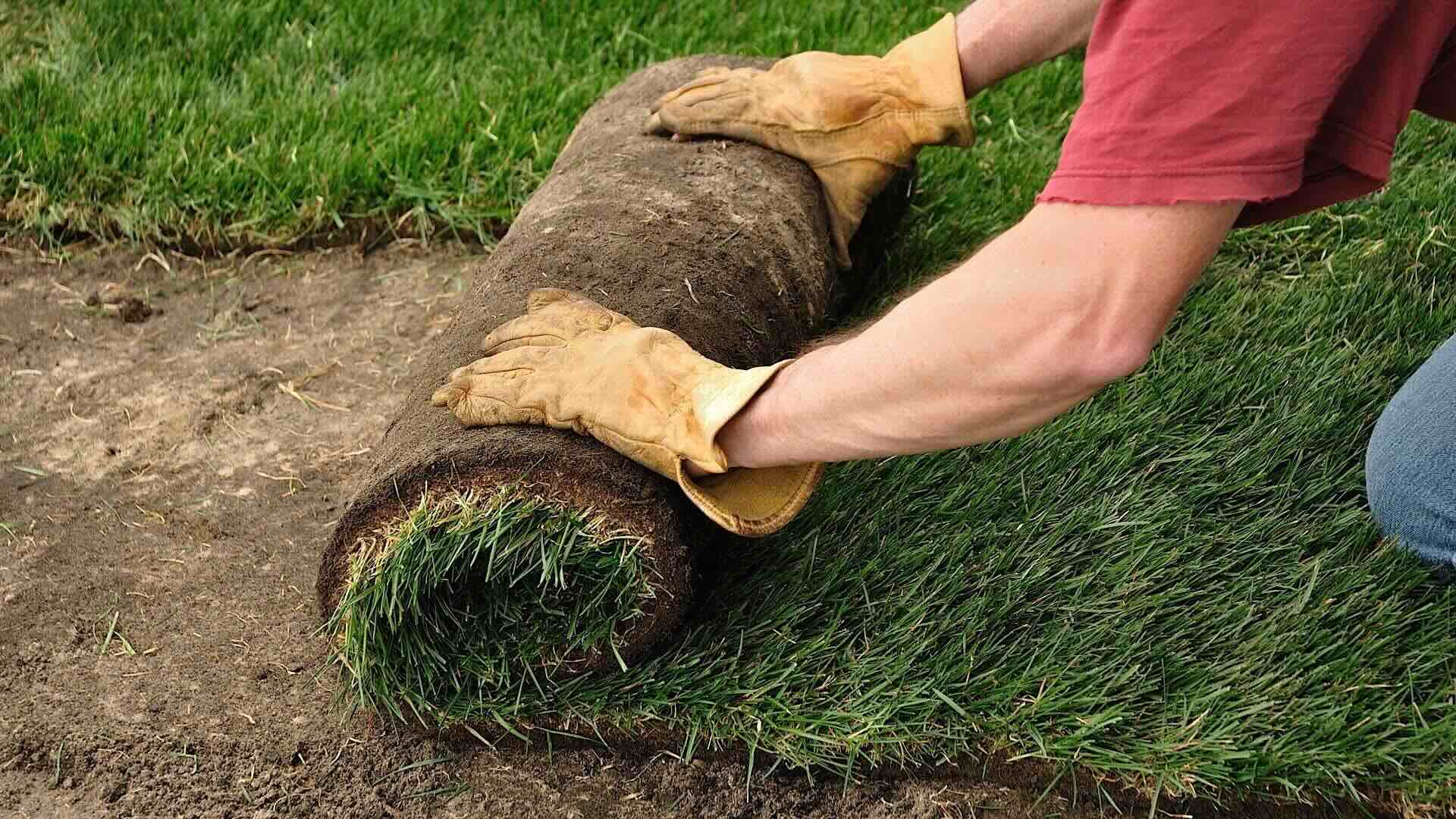
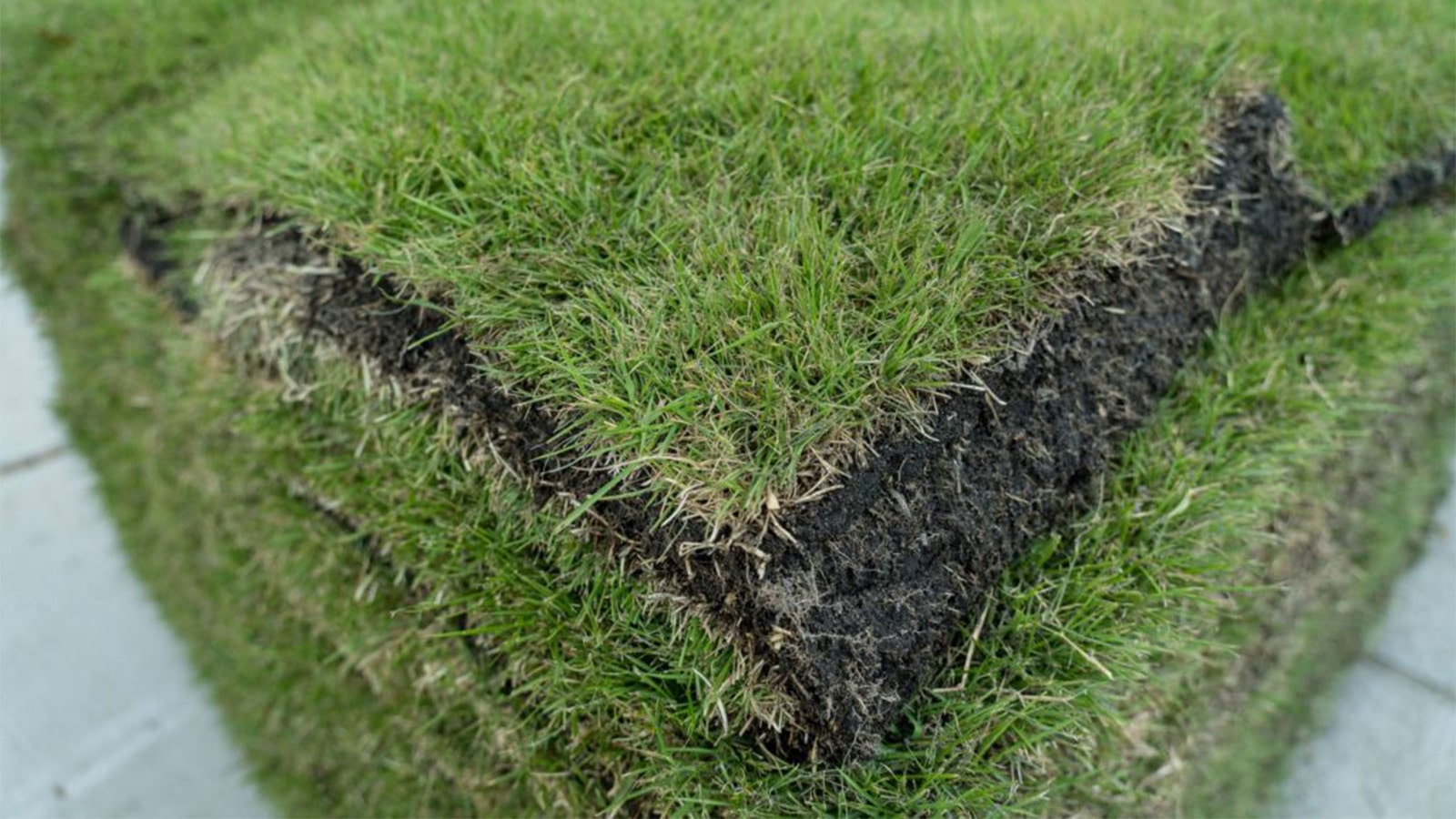
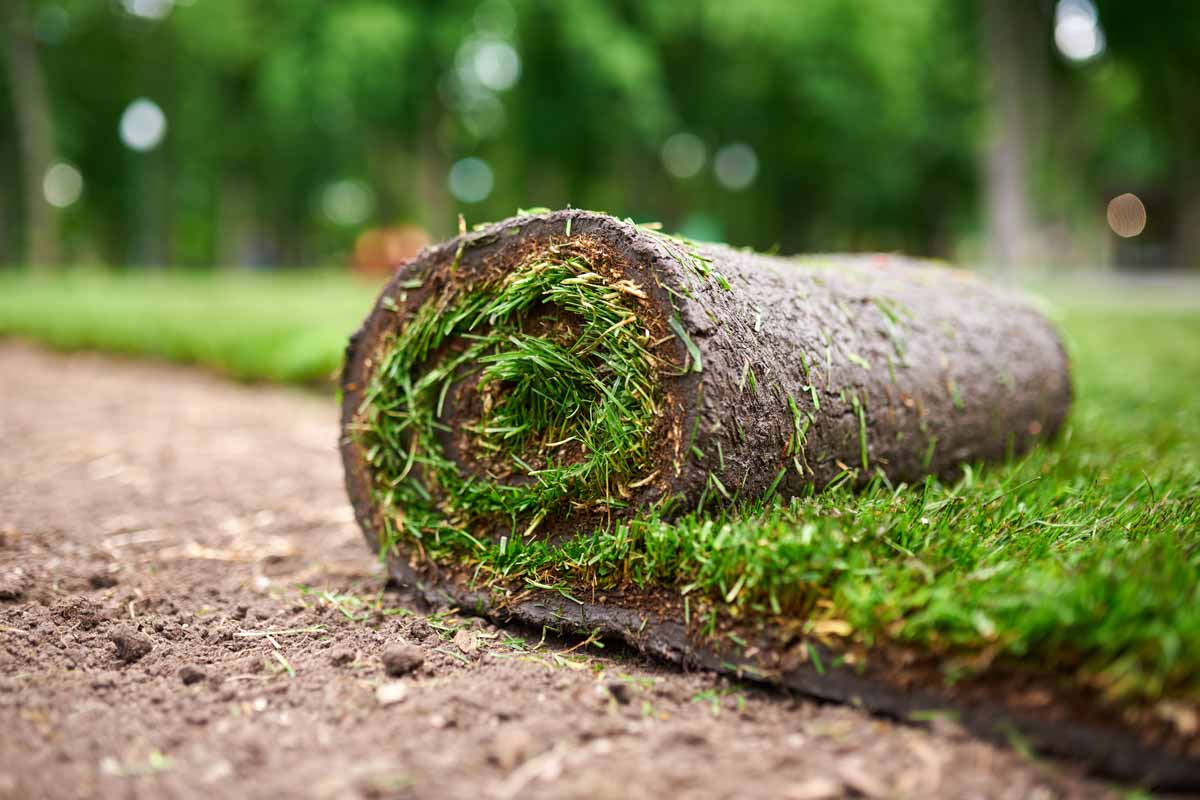
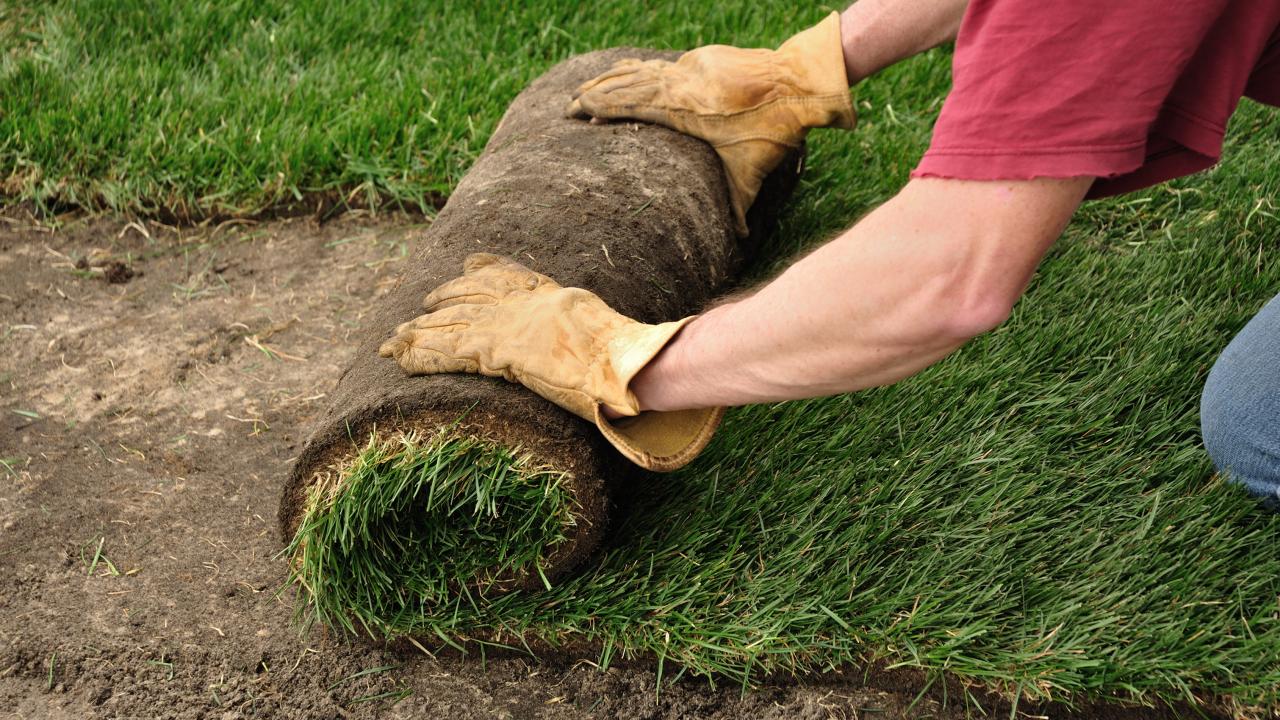
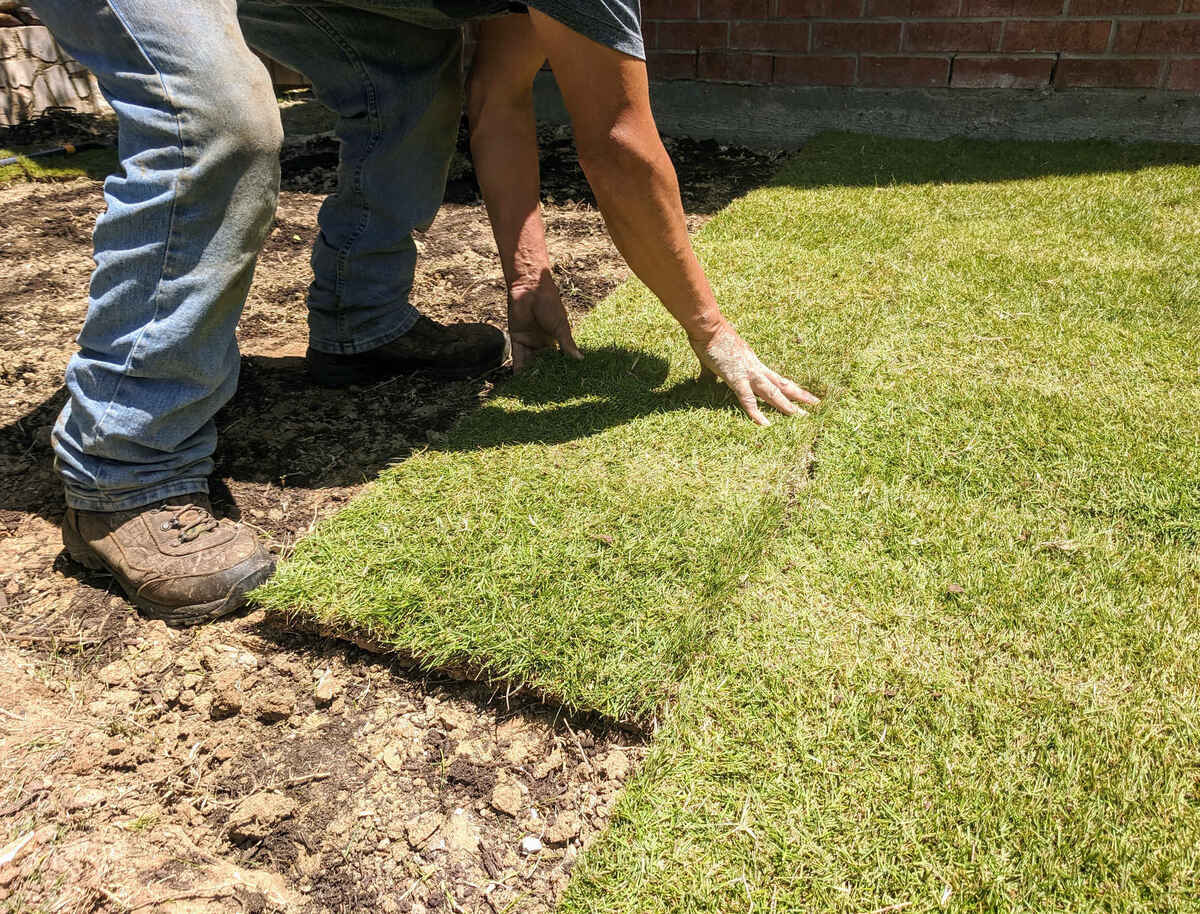
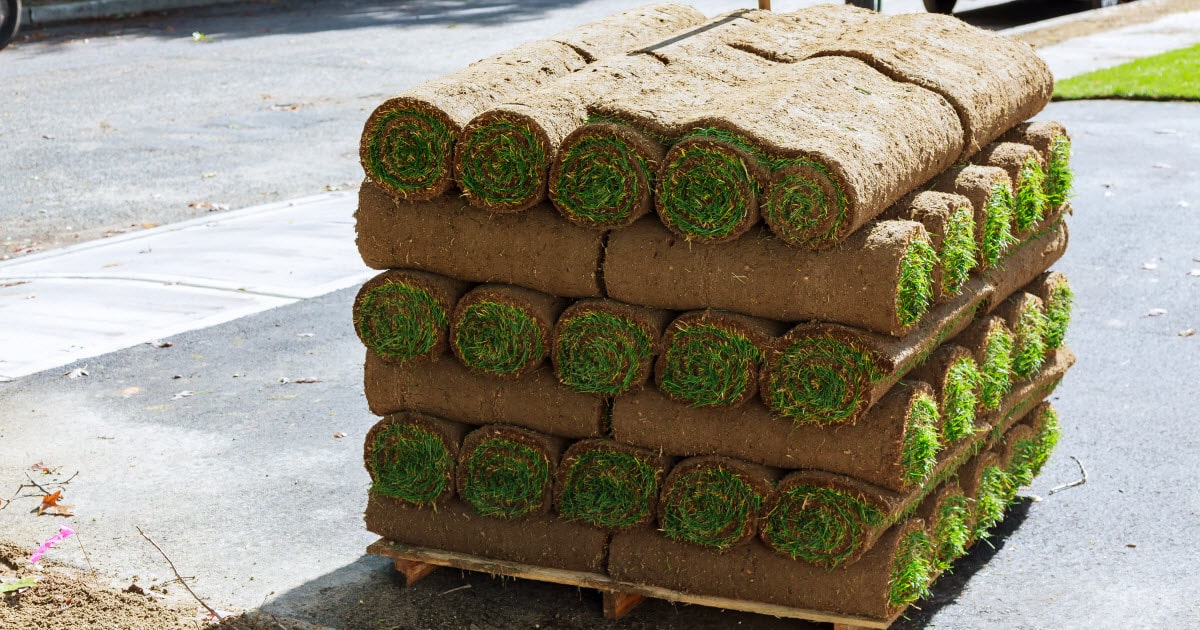








0 thoughts on “How To Store Sod”